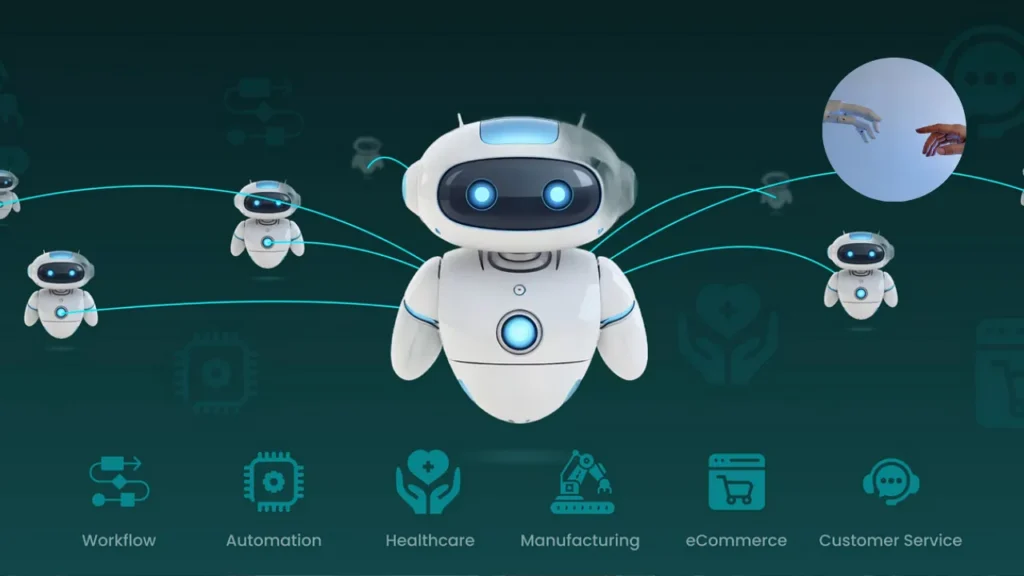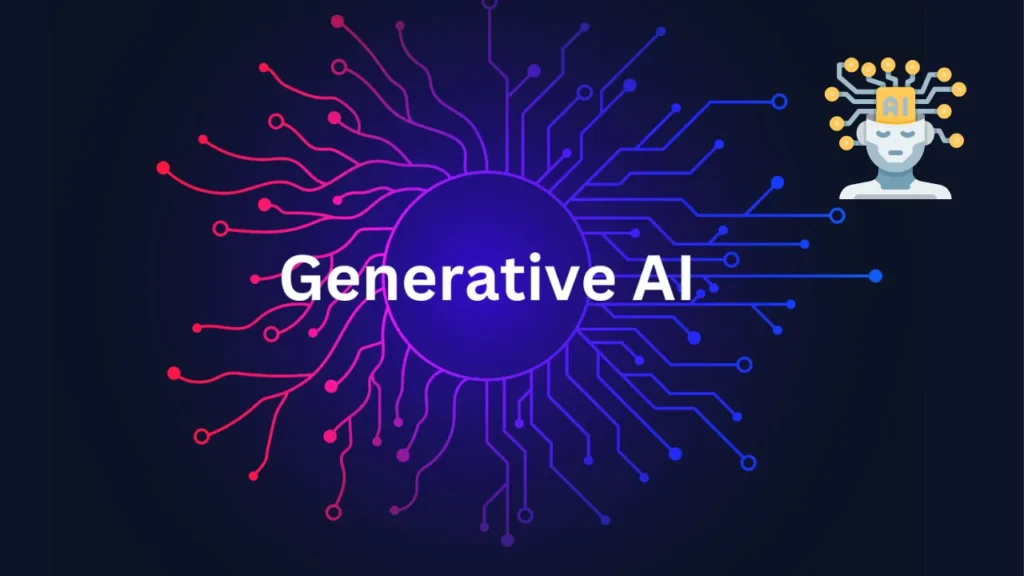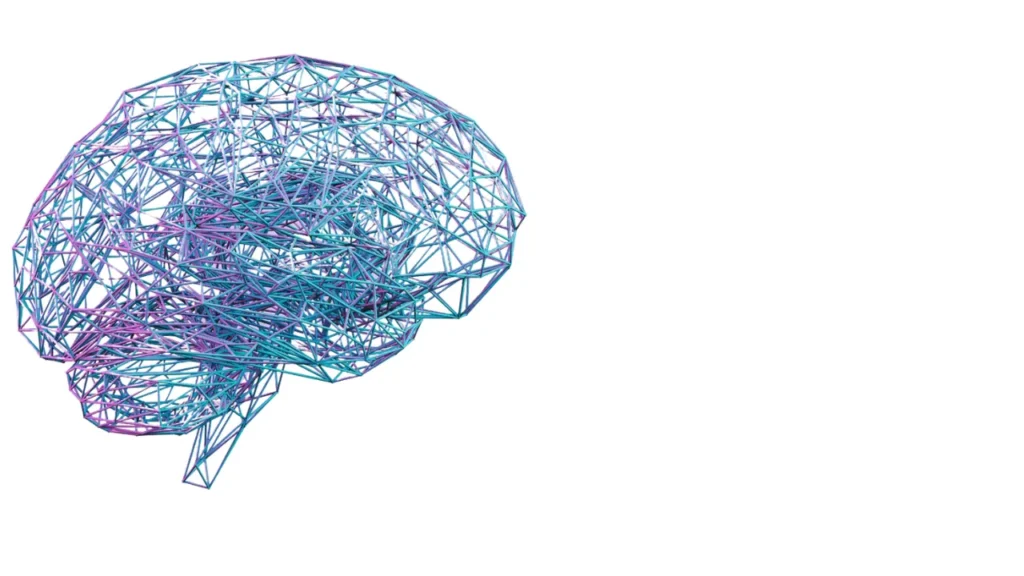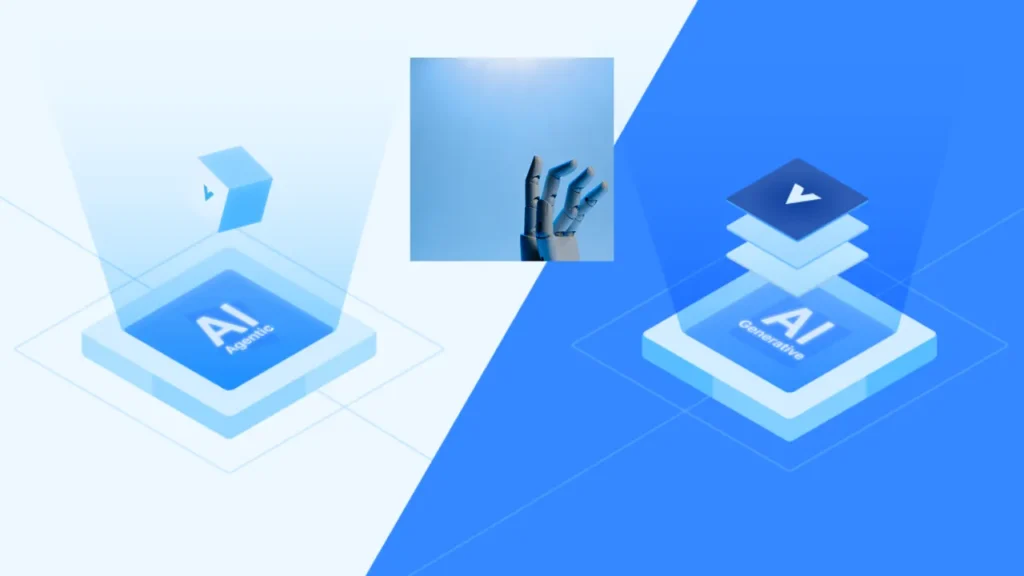GPT and other large language models (LLMs) are capable of producing text, responding to queries, and helping with a variety of activities. They are reactive, though, which means that they only react to information by applying previously acquired patterns.
In addition to not being able to plan or adjust to changing circumstances, LLMs are unable of making their own decisions. To tackle this problem, agentic AI is used. Agentic AI is capable of initiative, goal-setting, and experience-based learning, in contrast to generative AI LLMs.
It can manage complicated activities that call for constant problem-solving and decision-making, is proactive, and can modify its course of action over time. This change from reactive to proactive AI creates new opportunities for technology in a variety of sectors.
We would examine agentic AI vs generative AI in this article, in addition to how each impacts various businesses and the direction of technology. We would begin by examining the differences between these two categories of AI in this post.
To avoid AI detection, use Undetectable AI. It can do it in a single click.
Table of Contents
Agentic AI

AI systems that are capable of autonomous decision-making and action to achieve predetermined objectives are referred to as agentic AI. These AI models not just produce information; they can also respond to changes, interact with their environment, and complete jobs with little assistance from humans.
For instance, in addition to providing information, an agentic virtual assistant may also manage reminders, set up appointments, and take other activities to aid the user in reaching their objectives.
Read Also >>> Where Can I Sell AI-Generated Art?
Agentic AI is also demonstrated by self-driving automobiles, which make judgments in real time to safely navigate roadways and arrive at destinations on their own.
Generative AI

Artificial intelligence that focuses on producing original content, including text, images, sounds, and even videos, is known as generative AI. It creates creative content based on its understanding of patterns, styles, or structures through the analysis of enormous volumes of data.
For example, generative AIs such as ChatGPT may generate original text answers to queries, and image-generating models such as DALL-E can turn word descriptions into graphics. In essence, generative AI creates artistic pieces based on its knowledge, comparable to a digital writer or artist.
Agentic AI Vs Generative AI: The Key Difference

Agentic AI operates using a cyclical, iterative workflow that comprises the phases of Thinking/Research and Revision. Through constant self-evaluation and development, this adaptive process enables Agentic AI to generate output that is better and optimized.
Agentic AI may function autonomously, learn from each step, and take on tasks that require constant assessment and modification by passing through several stages to evaluate and improve its performance.
Generative AI follows a simple, one-step workflow going straight from Start to Completion in a single step. This indicates that the AI responds right away without going back and improving its output.
The procedure is linear and yields a simple response that satisfies the original prompt without taking edge cases or iterative testing into consideration. This demonstrates how generative AI is limited in its ability to handle intricate or flexible jobs.
Characteristics of Agentic AI and Generative AI

This section examines the distinctive features of Generative AI and Agentic AI, emphasizing how they differ in their approaches to autonomy, intelligence, and decision-making.
Agentic AI
- Self-reliance: Agentic AI is capable of acting on its own without continual human input. It acts independently to complete activities and make decisions. Imagine it as an autonomous robot that senses its environment and decides what to do next without a human controller.
- Goal-oriented conduct: Agentic AI acts toward a certain objective. It deliberately strives for a particular goal rather than reacting to the environment randomly. A self-driving car, for instance, aims to bring you to your destination safely, and every move it makes – from braking to steering – serves that purpose.
- Learning and adaptation: The Agent gains knowledge via its experiences and acts. It adapts when it runs across issues or fails. An AI that makes movie recommendations, for example, learns which movies you prefer and becomes smarter over time to provide you better recommendations.
- Complex decision-making: Agentic AI weighs a variety of options and considers facts into account before making basic decisions. Consider an AI running a stock-trading algorithm that evaluates vast amounts of data, forecasts trends, and uses that data to determine whether to purchase or sell stocks.
- Environmental perception: AI should comprehend its surroundings in order to make intelligent decisions. It uses data or sensors to accomplish this. For instance, a robot can see obstacles via cameras and then maneuver past them.
Generative AI
- Limited autonomy: The autonomy of generative AI is restricted. It needs human input to produce replies and doesn’t behave on its own. It is unable to perform action or function without outside cues, but it can process data and generate output based on patterns it has learnt.
- Task-oriented behavior: Though only in a reactive sense, generative AI is task-oriented. It creates pertinent content, such text or graphics, in response to certain tasks or suggestions, but it lacks a broad purpose or long-term goals. Every task is completed using real-time input.
- Basic decision-making: Generative AI is capable of making simple decisions. It chooses outputs according to learnt patterns, but it doesn’t weigh the pros and disadvantages of different options.
For instance, it doesn’t make intricate, multi-layered decisions while creating text; instead, it uses training to determine the probable next word or phrase.
- Lack of learning or adaptation: Real-time learning and adaptation are not features of generative AI. After training, it functions according to the patterns it discovered; however, unless it is retrained using new data, it does not alter or improve its performance in response to new encounters.
- Lack of environmental perception: Generative AI cannot perceive its surroundings. Although it can operate with data (words, images, etcetera.), it is unable to perceive or comprehend the physical world.
It has no exterior awareness and just responds to input because it is unable to comprehend its environment.
Conclusion: Agentic AI Vs Generative AI
Knowing agentic AI vs generative AI is essential as AI becomes prevalent in our daily lives and at work. Tasks such as text generation and responding to stimuli by producing text or visuals have benefited from generative AI. But it lacks true autonomy and is only capable of obeying commands.
On the other hand, agentic AI is a step forward because it can take on complex activities without continual human supervision. It can define goals, make decisions, and adjust to changing circumstances on its own.
AI systems can be made efficient by employing techniques such as the Agentic Workflow, which improves performance through repeated processes and learns from each stage.
This change makes it possible for even older models to continue developing and being relevant while also creating chances for sophisticated applications.
FAQs: Agentic AI Vs Generative AI
What is Agentic AI?
Agentic AI refers to a type of artificial intelligence that is capable of acting autonomously to achieve specific goals. These AI systems can make decisions and take actions based on their environment and the data they process, often using techniques such as reinforcement learning.
Unlike generative AI, which focuses on creating new content, agentic AI emphasizes the ability to interact with and manipulate the environment.
What is Generative AI?
Generative AI, often abbreviated as GenAI, refers to AI systems designed to create new content, such as text, images, or other media. These systems, including popular models such as GPT-4 and ChatGPT, utilize large language models (LLMs) to generate coherent and contextually relevant outputs based on prompts provided by users.
The focus of generative AI is on producing creative, original work rather than taking actions in the physical world.
What are the key differences between Agentic AI and Generative AI?
The primary difference between agentic AI and generative AI lies in their objectives. Agentic AI is designed to execute tasks and make decisions autonomously, often in real-time, while generative AI focuses on creating new content based on provided input.
Agentic AI can solve complex problems and interact with its environment, whereas generative AI primarily generates outputs based on existing data and patterns.
How do AI agents differ from traditional AI systems?
AI agents are a subset of AI systems that possess the capability to act autonomously in dynamic environments. They can learn from their experiences and adapt their behavior over time.


